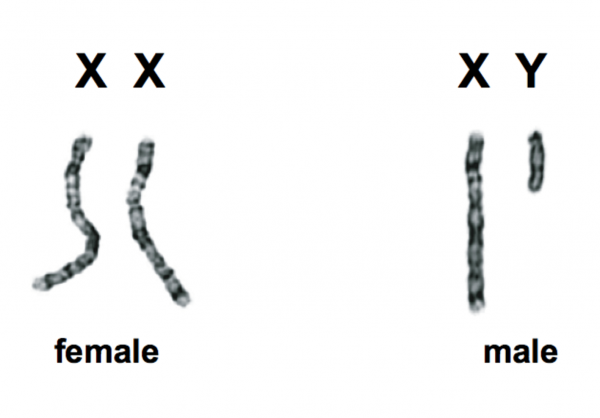Current research shows that women live longer than men. And a recent study found baby girls are more likely to survive in famine, epidemics and other unfortunate circumstances, why this happened? The research found that advantage of women may have existed very early. Researchers believe that despite the small differences in gender behavior in infancy, the fact that women also have the advantage in infancy suggests that biology, at…
Hotspot
Browning of Subcutaneous White Adipose Tissue Provides Outstanding Opportunity for Treatment of Obesity

In a recent study published in the Journal of Experimental Medicine, researchers from Caroline College and other institutions studied mice to elucidate the molecular mechanism of conversion of energy-storing white fat into energy-consuming brown one. Obesity is a major health problem for the global population, affecting people of all ages and increasing the risk of many diseases in humans, including cardiovascular disease, type 2 diabetes and cancers; although obesity…
Scary! Pressure Will Accelerate The Occurrence of Malignant Pancreatic Cancer!
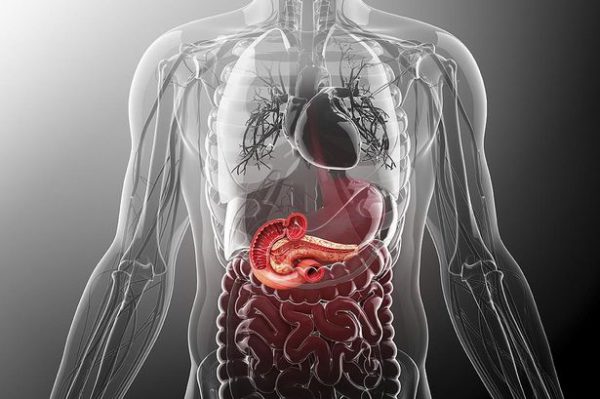
In a recent study published in the journal Cancer Cell, researchers from Columbia University Medical Center found that stress may accelerate the development of pancreatic cancer by stimulating the release of “fighting or running away” hormones, β-blockers that inhibit these hormones can effectively increase the survival of cancer-bearing mouse models. In addition, researchers analyzing patients with malignant pancreatic cancer found that patients taking selective β-blockers survived two-thirds more than the…
New Drug Resistance Mechanism Found Through Persevere Research of Prostate Cancer
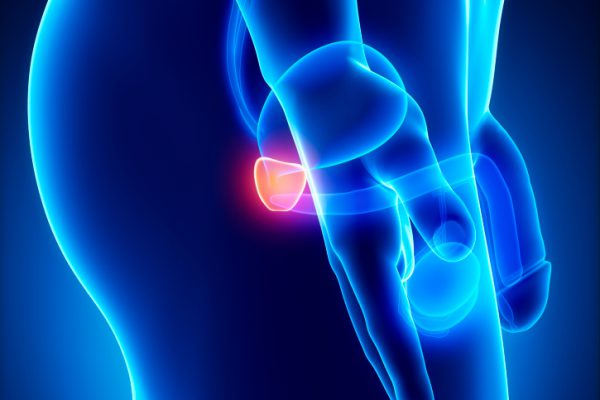
Most tumor growing can stop after long-time medicine intake, and even it can become smaller or finally disappear. But what made the doctors struggling was that a few months later cancer cells gradually developed resistance and the tumor was once again deteriorating and menacing. Without good second-line anti-cancer drugs, physicians and patients really can do nothing. However, with the persevering efforts of scientists, we have the opportunity to gain the…
Interpretation of the Recent PD-1 Research Progress (Part II)
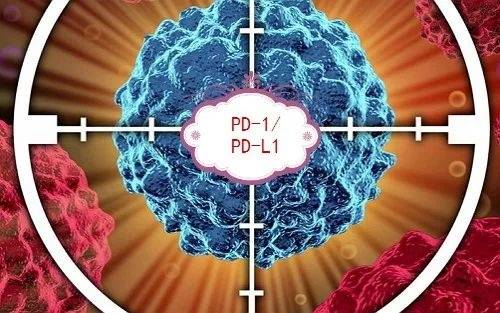
Continued 6. Nature’s New Discovery: Another Unidentified Anti-cancer Approach of PD-1 / PD-L1 Antibodies doi: 10.1038/nature22396. On May 17, Nature published an online article titled “PD-1 expression by tumor-associated macrophages inhibits phagocytosis and tumor immunity”, revealing the immune checkpoint inhibitors represented by the PD-1 / PD-L1 antibody can fight cancer in a completely different way. Dr. Irving Weissman, a professor of pathology and developmental biology at Stanford…
Interpretation of the Recent PD-1 Research Progress
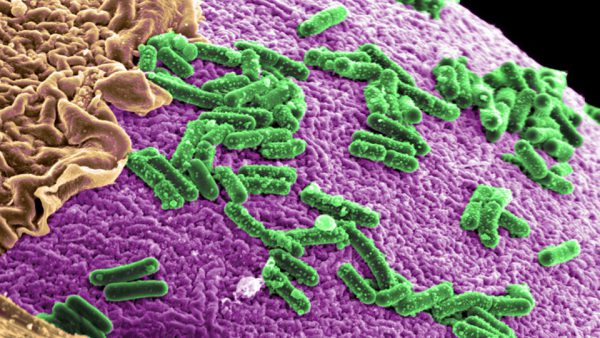
PD-1 (programmed cell death protein 1), the programmed death receptor 1, is an important immunosuppressive molecule. Immunomodulation which targets PD-1 is of great importance to anti-tumor, anti-infective, anti-autoimmune diseases, and organ transplant survival. In recent years, scientists have made a number of achievements in the field of PD-1 research. We will share the relevant research here. 1.Science: Scientists confirm that intestinal microbes affect PD-1 / L1 antibody treatment for…
Highlights of the Journal Cell for Oct, 2017 (III)
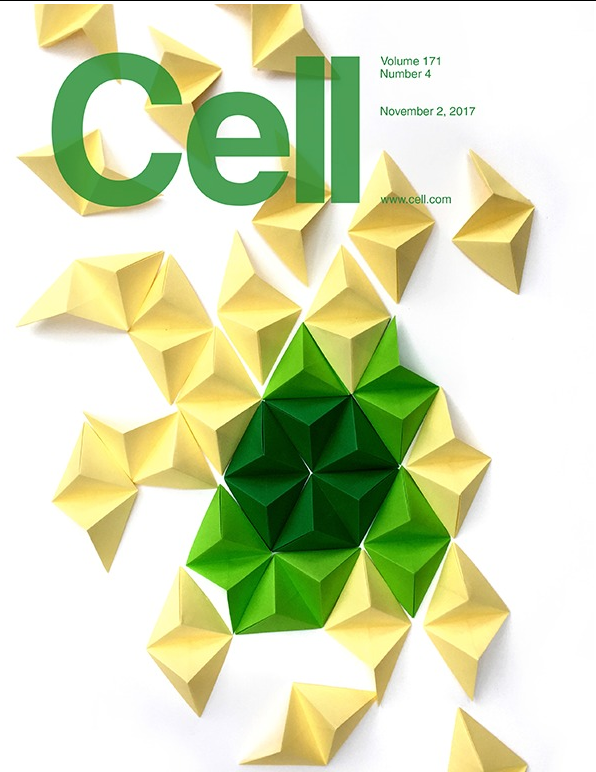
(Continued) 9. Draw a four-dimensional map of the self-folding of the human genome Suhas S.P. Rao, Su-Chen Huang, Brian Glenn St Hilaire et al. Cohesin Loss Eliminates All Loop Domains. Cell, 5 October 2017, 171(2):305–320, doi:10.1016/j.cell.2017.09.026 In a new study, researchers from institutions such as Baylor College of Medicine, Rice University, Stanford University and Broad Institute, constructed the high-resolution four-dimensional map of the human genome fold for…
Highlights of the Journal Cell for Oct, 2017 (II)

(Continued) 5. On average, one to ten mutations are sufficient to promote cancer Iñigo Martincorena, Keiran M. Raine, Moritz Gerstung et al. Universal Patterns of Selection in Cancer and Somatic Tissues. Cell, Published online: October 19, 2017, doi:10.1016/j.cell.2017.09.042 In a study of more than 7,500 tumors of 29 cancer types, researchers from the Wellcome Trust Sanger Institute, the European Bioinformatics Institute, and the Francis-Crick Institute unbiased evaluated…
Highlights of the Journal Cell for Oct, 2017 (I)
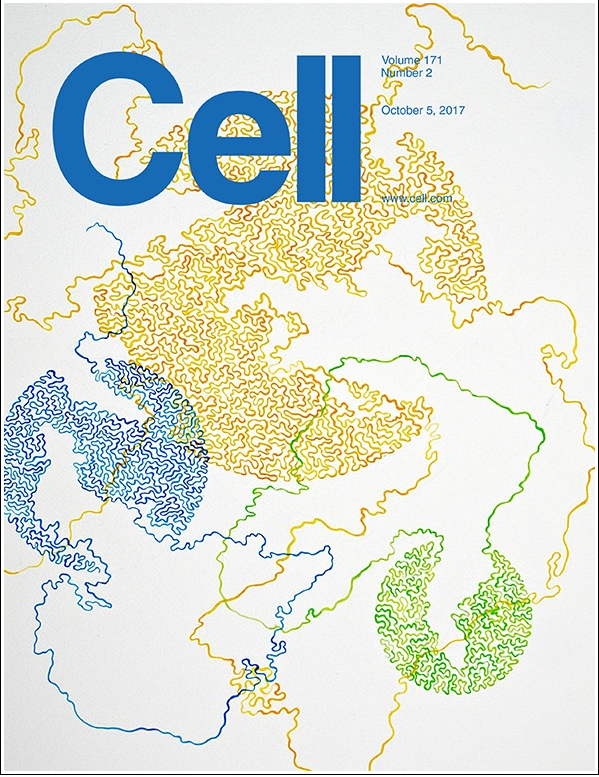
There are lots of great articles published on Cell in October, let’s share some highlights for you. 1. New discovery on cancer metabolic which challenge the view of nearly 100 years Brandon Faubert, Kevin Y. Li, Ling Cai et al. Lactate Metabolism in Human Lung Tumors. Cell, 5 October 2017, 171(2):358–371, doi:10.1016/j.cell.2017.09.019 In this new study, researchers from the Children’s Medical Center (CRI) at the University of Texas…
DcR3 Is the Key Factor of Endometriosis, Academia Sinica Found
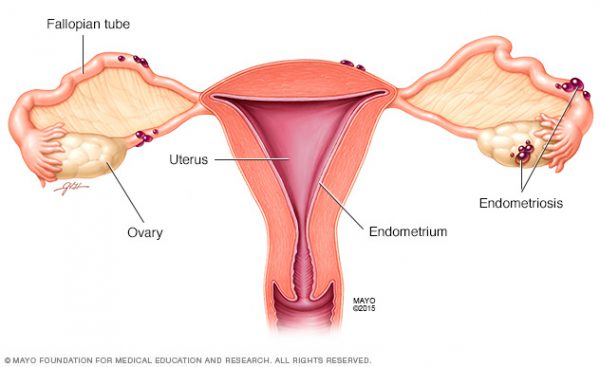
Dr. Shi-Liang Hsieh and his team, from Genomics Research Center, Academia Sinica, has done years of work to find answers to inflammations. Recently, his team has confirmed that inflammation-related DcR3 protein is a key factor to enhance adhesion of endometrial cells, which in turn cause endometriosis, offering an opportunity for the treatment of endometriosis without side effects. Their findings were published in the Journal of Pathology on October 23, 2017….
